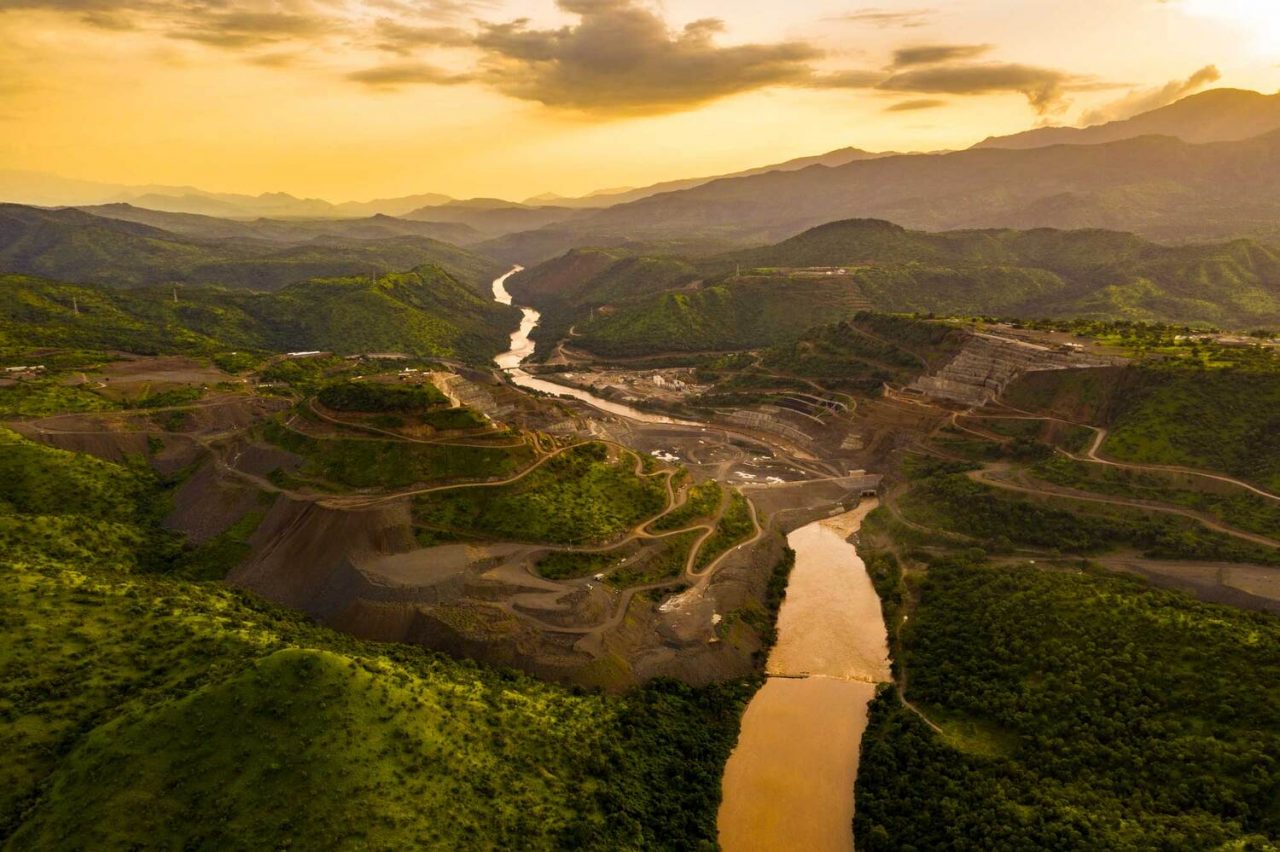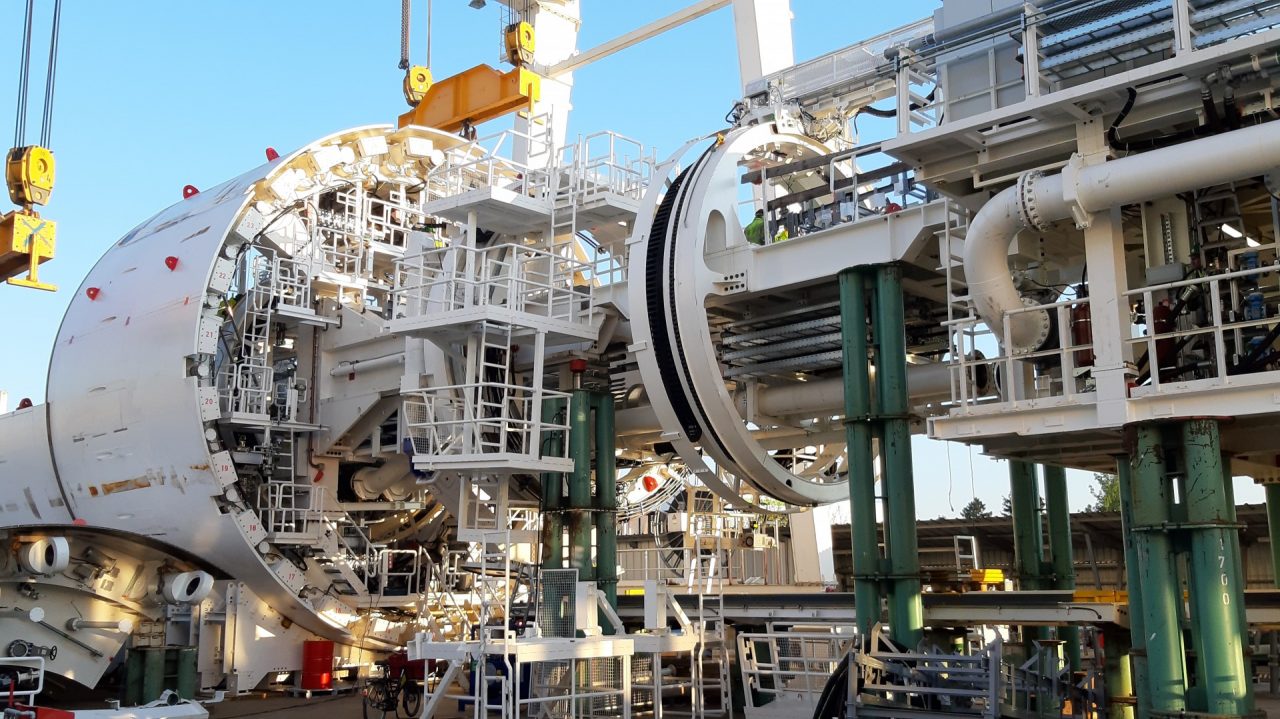The demographic boom, urban development, intensification of farming practices, and climate change have all highlighted the importance of the relationship between water and infrastructure. Infrastructure should be seen as a protective tool for water, helping prevent wasteful practices and moving the economy towards sustainable growth.
In every sector where water is a strategic resource, infrastructure plays a key role: producing energy via hydroelectric plants, managing wastewater to mitigate urban pollution, supplying drinking water, preventing leakage, waste, and reducing the impact of droughts.
Water is everything: a life-giving force for populations all over the world at all levels of economic development.
Webuild Group is a world leader in the hydro sector, working on all fronts of water infrastructure. Projects have run the gamut from dams that have transformed Ethiopia into an African energy hub, to Middle Eastern desalination plants, to Australian pumping plants set to become a major energy source in a country looking to build a sustainable future.

Hydroelectric energy: the future of the planet
Today, hydropower is the number one renewable energy source, making up 16% of all energy produced worldwide. This percentage is rather small compared to traditional energy sources, but according to the International Energy Agency (IEA), it is expected to grow in the coming years, reaching 2,000 GW of global capacity in 2050.
Achieving this goal alone would prevent the annual release of 3 billion tons of carbon dioxide into the atmosphere.
Webuild’s contribution to this race toward a more sustainable energy future has been considerable. Over the course of its history, the Group has built 313 dams and hydroelectric plants with a total installed capacity of 52,900 MW. Included in this figure are some projects that are still underway, such as the Rogun Dam in Tajikistan, which is set to become the world’s highest. The Rogun Dam is a 335-meter wall (about 1100 feet) with an installed capacity of 3,600 MW, equivalent to 3 average nuclear power plants. The impact of this type of infrastructure can’t be overstated: once fully operational, the Rogun Dam will double Tajikistan’s energy potential.
The Rogun Dam; dams in Ethiopia; Kariba, one of Africa’s most colossal dams; dams in Asia and South Africa; the list goes on, and illustrates Webuild’s commitment to sustainable energy production. Today, the goal is best exhibited in Snowy 2.0, an Australian mega-project.
Snowy 2.0: energy for Australia
New South Wales seems to have the ideal morphology for water-sourced energy production: Snowy 2.0 is an evolution of the Snowy Mountains Hydro-Electric Scheme, a complex water pumping plant that produces clean energy.
Webuild, together with its U.S. subsidiary Lane and Australian partner Clough, is in the throes of phase two of this enormous project, which calls for construction of a pumping station that can generate 2,000 MW of energy. That amount can power 3 million homes in the course of a week.
In terms of investment and scope, Snowy 2.0 is the largest Australian project of its kind, creating 4,000 jobs in addition to supplying energy to 500,000 homes. Snowy is part of Australia’s ambitious plan to support the diffusion of “green” energy. Fundamental to the plan are the 100 hydroelectric plants currently active in the area, many of which are located in the southern regions, the Snowy Mountains Hydro-Electric Scheme among them.
According to the Australian government, these hydroelectric plants are the most effective tools for transitioning towards a carbon-neutral economy, a shared goal among all developmentally advanced nations.

Las Vegas: the entertainment mecca will never go thirsty
The drought that has hit Arizona and California hard in recent years has had an inevitable impact on water supply, including a significant reduction of water levels in the Colorado River, one of the United States’ largest reserves. Additionally, the country’s largest artificial lake, Lake Mead, which lies on the Colorado River and is formed by the Hoover Dam, has seen its water level drop. Lake Mead serves, among other cities and states, the entertainment city of Las Vegas.
To lessen Las Vegas’ risk of running low on drinking water, the Webuild Group, in a joint venture with the American company S.A. Healy, built a hydraulic tunnel, setting a world record in the field of engineering.
For the structure to be effective in collecting water and transporting it 30 kilometres (19 miles) away, building a 4-kilometre-long (2.5-mile) tunnel was required. This was a complex endeavor because the water pressure above the heads of tunnel-bound workers could reach up to 15 bars, higher than the world average (1-3 bars) for these kinds of structures.
The work was recognized as a feat of engineering by TBM, Tunnel Business Magazine, one of the most prestigious publications in the tunneling industry, when in 2016 it awarded Lake Mead the “Tunnelling achievement award of the year.”
Because of this structure, Las Vegas no longer runs the risk of going without water.
Water infastructure: a precious commodity for urban development
Washington DC and Buenos Aires are distant in geography and culture, emblematic of the continent’s North-South divide. Yet both cities are at the center of two ambitious projects aimed at redeveloping the waters of their rivers.
In the U.S. capital, Webuild is working on the Clean Rivers Project, a colossal cleanup plan for the city’s major rivers. The Group is specifically involved in carrying out the Anacostia River Tunnel, a wastewater treatment system which, when combined with the project’s other initiatives, will eventually reduce the overall volume of wastewater in Washington D.C. rivers by 96%.
In Buenos Aires, the Riachuelo has long been considered the most polluted river in the world. 23% of the Argentine capital’s residents live around its basin, and 80% of its pollution comes from urban waste. Webuild Group is currently working to reduce this pollution via a complex water treatment system. An innovative hydraulic tunnel about 12 kilometres (7.5 miles) in length – among the longest in the world of its kind – will transport wastewater under the river mouth and to the Plate river, where the treated waters will then be released. The project is a pioneering “green” move for the Argentine capital.

